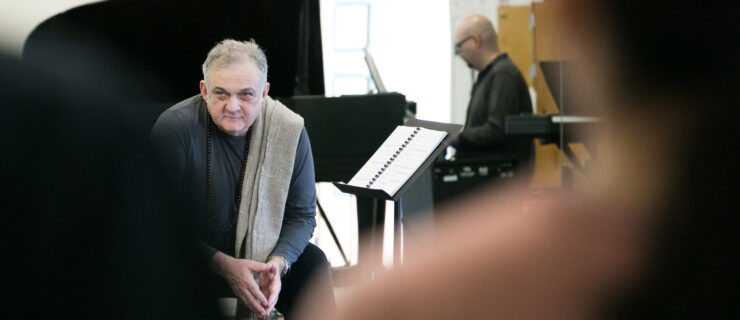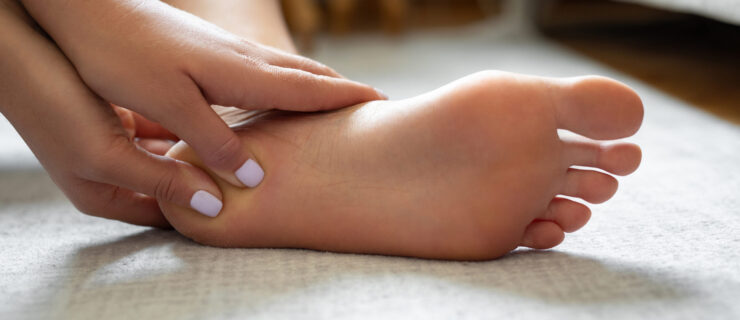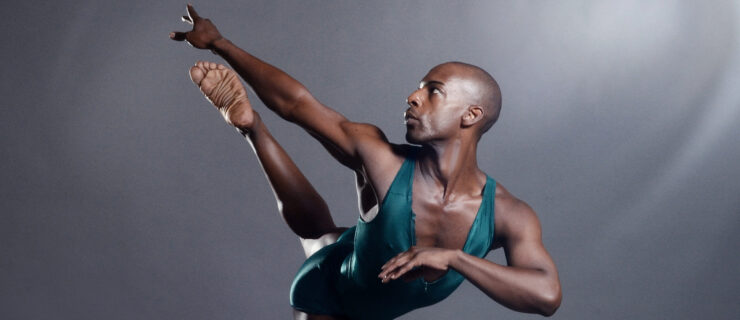The Injury Dancers Ignore: Hearing Loss
In dance, there’s little argument that the perfect music with the perfect steps can be transcendent. But too much of a good thing can be harmful. In this case, the music.
Did you know that music may be damaging your hearing without your realizing it?
Manufacturing, military and music industries have struggled with noise-induced hearing loss for years. A 2014 study found a nearly fourfold increase in the rate of NIHL in musicians compared to the general population. Similar rates are seen in construction and factory workers, so these industries have guidelines designed to protect hearing.
But in dance, no such research or standards exist.
Decades of exposure to loud music can cause hearing loss in dance teachers, which can make it hard to know how loud they play music in class. Choreographers might turn the volume up so dancers feed off the music’s energy. And in studios, concrete and steel buildings without sound dampening material on the walls only increases the intensity. But dancers can be afraid to ask to turn the music down.
At a national dance convention in July, I measured decibels in a hip-hop class. (Per usual, most of the students were pressed up close to the stage—next to the speakers.) At the back of the ballroom, the music measured 107.9 decibels. From the front, right under the speakers, it was 119 decibels.
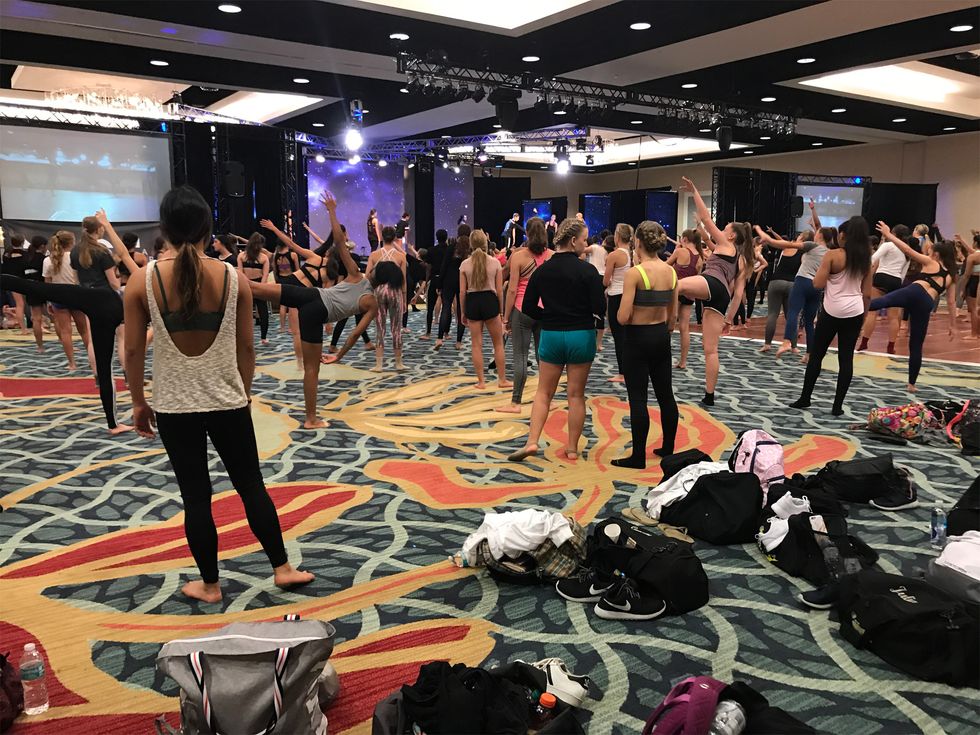
By comparison, a conversation is about 60 dBs, while an ambulance siren measures at 120, too loud to be exposed to for any length of time.
We can hear 85 decibels (i.e. vacuum cleaner) safely for 8 hours without protection. For every 3 decibels more, safe exposure time goes down by half. So at 88 dBs, you are safe for 4 hours, at 91 dB, 2 hours, and so on. However, continuous exposure to 100 dBs may cause permanent hearing loss:
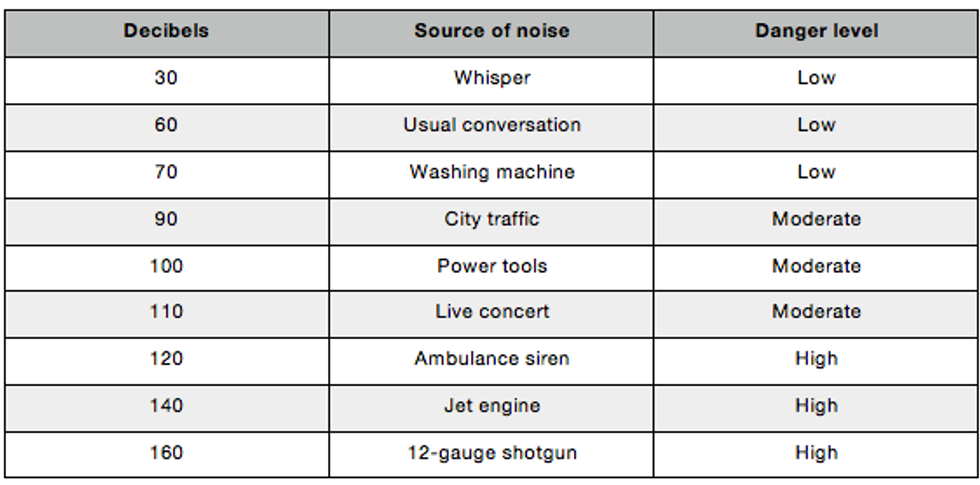
So how can dancers and their teachers protect their ears?
1. Measure the sound
in your studio or convention with a smartphone app.
If the decibels are into the 100 dB range, let someone at the organization know.
2. Turn the sound down.
A dancer can listen to 94 decibels for a 60-minute class safely. At only 9 more decibels, that time goes down to 7.5 minutes. A little goes a long way.
3. Wear hi-fidelity earplugs.
They reduce decibels but keep the sound clear. This can be especially useful for teachers and competition judges, who are exposed for long periods of time. Popular brands include Vibes and Hearos.
4. Rest your ears after loud noise exposure.
Research suggests that 18 hours of quiet after loud noise exposure can help your ears recover faster.
5. Get your hearing checked—
especially if you’re a teacher or choreographer. Find an audiologist near you through audiology.org
No treatment exists today that can restore lost hearing. Don’t get hurt listening while you’re busy dancing.


